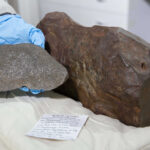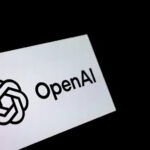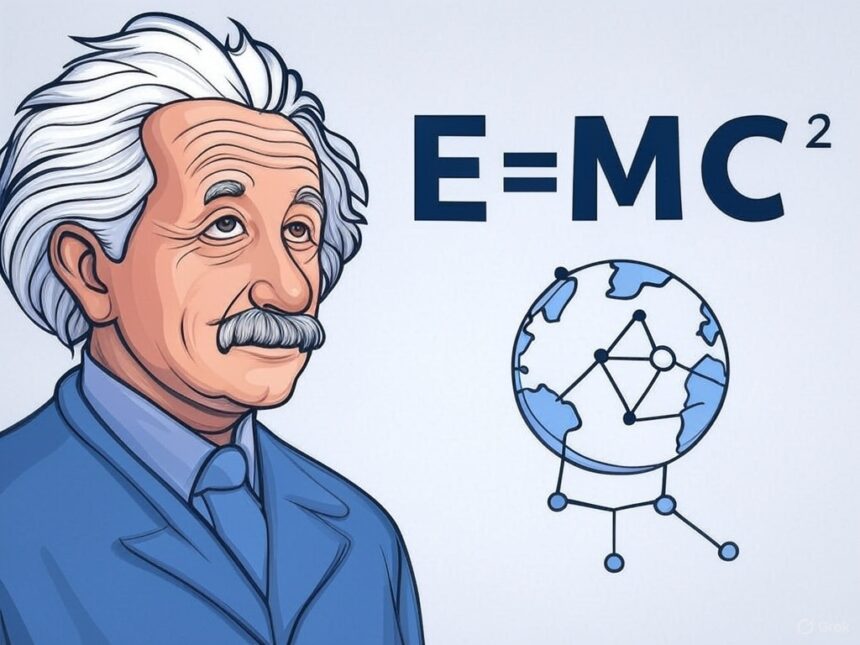In 1995, Bill Gates elaborated during an interview on the potential impact of the internet if it evolved according to his predictions. Three decades later, unsurprisingly, a significant portion of his predictions have come true. However, in a world now interconnected and capable of communicating in a matter of seconds, the question seems obvious: what is the real “weight” of the internet?
In just 41 years, the internet has grown from 1,000 devices to more than 40 billion, a figure that continues to increase as the months go by. However, this growth could also be analysed from another perspective: the more than 200 billion zettabytes of data stored on the internet. Thus, although its real weight is intangible, some try to estimate it as a theoretical experiment. To do this, they use Einstein’s formula (E=mc²) to make a small simulated approximation, since the energy mass of all this data would be less than a milligram.
Theoretical Attempts to Weigh the Internet
Another, more tangible, proposal equates the weight of the internet with DNA, using the latter as a storage medium. According to various studies, 1 gram of DNA can hold 215 petabytes, which means we would need 1.1 tons of DNA to store the entire internet. This, in other words, means the internet would weigh the same as a small car. Physicist Russell Seitz proposed another vision, suggesting that we could try measuring the internet’s weight based on the electrical energy used by servers and repeaters.
Unlike the car-based estimate, Seitz’s estimate would result in the equivalent of a handful of strawberries or a large potato, though this is now considered an outdated method. Thus, since data constantly travels between cables, satellites, and devices, the “weight” of the network is even more difficult to determine.
Thus, although there are various hypotheses and approximations, it is not possible to measure the internet as a physical object, but do we really need to measure its weight to understand its impact on our lives? Knowing the internet’s literal weight is more a philosophical or symbolic exercise than a practical one.





